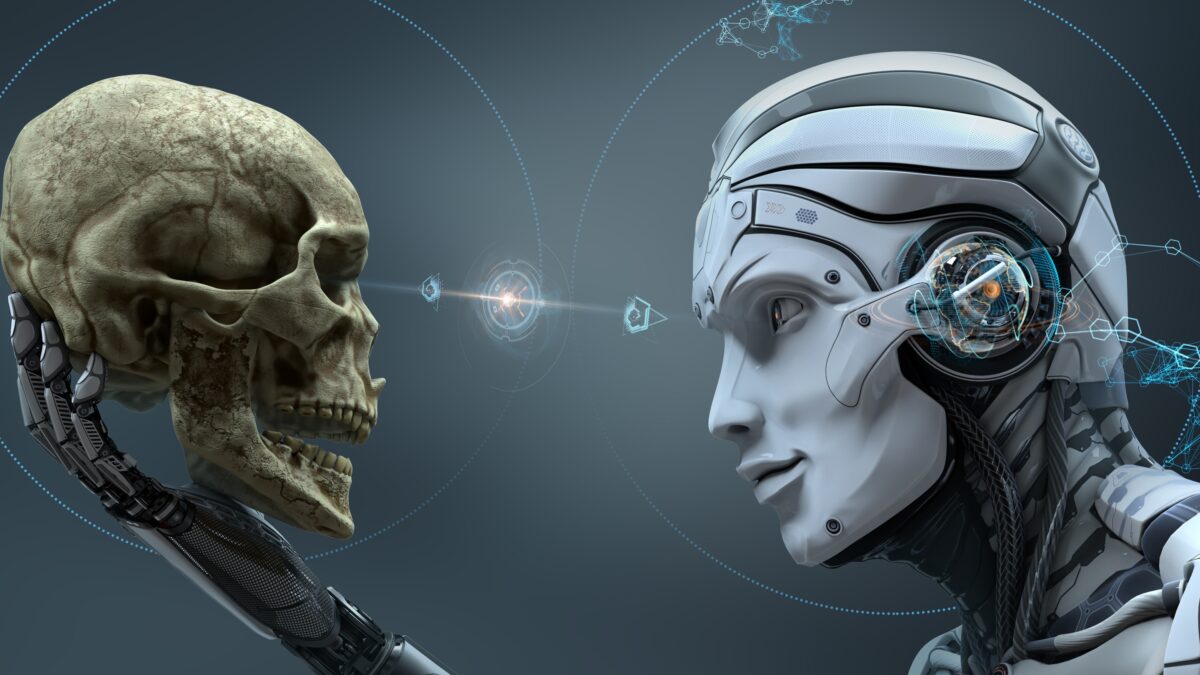The Evolution of the WWW: From GeoCities to AI – A Visual Journey
Introduction
The World Wide Web (WWW) has undergone a dramatic transformation since its inception. From the nostalgic days of GeoCities to the current era dominated by Artificial Intelligence (AI), the digital landscape has evolved in ways that were once unimaginable. This article will take you through the visual journey of the web’s evolution, highlighting key milestones and technological advancements.
The Importance of the Evolution of the WWW: From GeoCities to AI – A Visual Journey
Understanding the Evolution
Understanding the evolution of the WWW is crucial for grasping how far technology has come and its future potential. This journey illustrates the exponential growth in web technologies and their impact on our daily lives.
Impact on Society
The evolution of the web has reshaped industries, economies, and social interactions. From early HTML pages to sophisticated AI-driven platforms, every phase has had its unique influence on society.
- Early Web: Simple, static pages.
- Web 2.0: Interactive and social media-driven.
- Current Web: AI and machine learning integration.
- The Evolution of the WWW: From GeoCities to AI – A Visual Journey Format
- The format of this article is designed to provide a comprehensive and engaging look at the WWW’s evolution. We will use a combination of text, images, and interactive media to offer a rich, informative experience.
- The Evolution of the WWW: From GeoCities to AI – A Visual Journey – Code Structure
- The code structure for our visual journey will incorporate modern web development practices. Utilizing HTML5, CSS3, and JavaScript, we’ll create an interactive timeline that showcases the key milestones in the web’s evolution.
You May Also Like: History and Evolution of WWW: Transforming Communication
The Early Days of the Internet: GeoCities and the Initial Web
In the early days of the internet, platforms like GeoCities revolutionized how individuals could publish content online. Launched in 1994, GeoCities enabled users to build their own web pages, which were organized into “neighborhoods” according to their content. This was a major milestone because it made web publishing accessible to everyone.
GeoCities offered basic HTML templates, which introduced many to the world of web development. Though rudimentary by today’s standards, it laid the groundwork for the interactive and visually appealing sites we have today.
- Static Pages: Early web pages were static, meaning they did not change unless manually updated by the webmaster. These pages were usually simple, text-based, and often lacked images or multimedia elements.
- The Role of HTML: HTML was the foundational language that powered these early sites. Simple tags such as ``, `
`, and `
` were frequently used to organize content.
The Emergence of AI: Shaping the Future of the Digital World
As we moved into the 21st century, the web started to evolve rapidly. The introduction of Web 2.0 brought interactive and user-generated content to the forefront. Platforms like Facebook, Twitter, and YouTube became central to the digital experience.
- Web 2.0: Interactive and Dynamic Content: Web 2.0 introduced technologies like AJAX, which allowed for asynchronous data loading, making websites more dynamic and interactive. During this time, social media, blogs, and wikis began to gain prominence.
- Enter AI and Machine Learning: Today, AI and machine learning are transforming the web in unprecedented ways. From personalized recommendations on Netflix to advanced search algorithms on Google, AI is enhancing user experience and operational efficiency.
AI in Everyday Applications
- Chatbots: Automated customer service.
- Personalization: Tailored content and ads.
- Voice Assistants: Alexa, Siri.
The Future of AI and the Web
The merging of AI with the web is still in its early development phase. Future advancements could include fully autonomous websites, more intuitive user interfaces, and even more personalized user experiences.
Conclusion
The evolution of the WWW from GeoCities to AI is a testament to human ingenuity and technological progress. Each phase, from static HTML pages to AI-driven platforms, has paved the way for the next, contributing to a more interconnected and efficient world.
Key Takeaways
- Web Evolution: From simple static pages to interactive, dynamic content.
- Technological Impact: Each phase had a significant societal impact.
- AI Integration: AI represents the newest frontier, revolutionizing the web in groundbreaking ways.
By exploring this evolution, we can gain a deeper appreciation for the current state of the web and foresee upcoming innovations. check out our articles!





